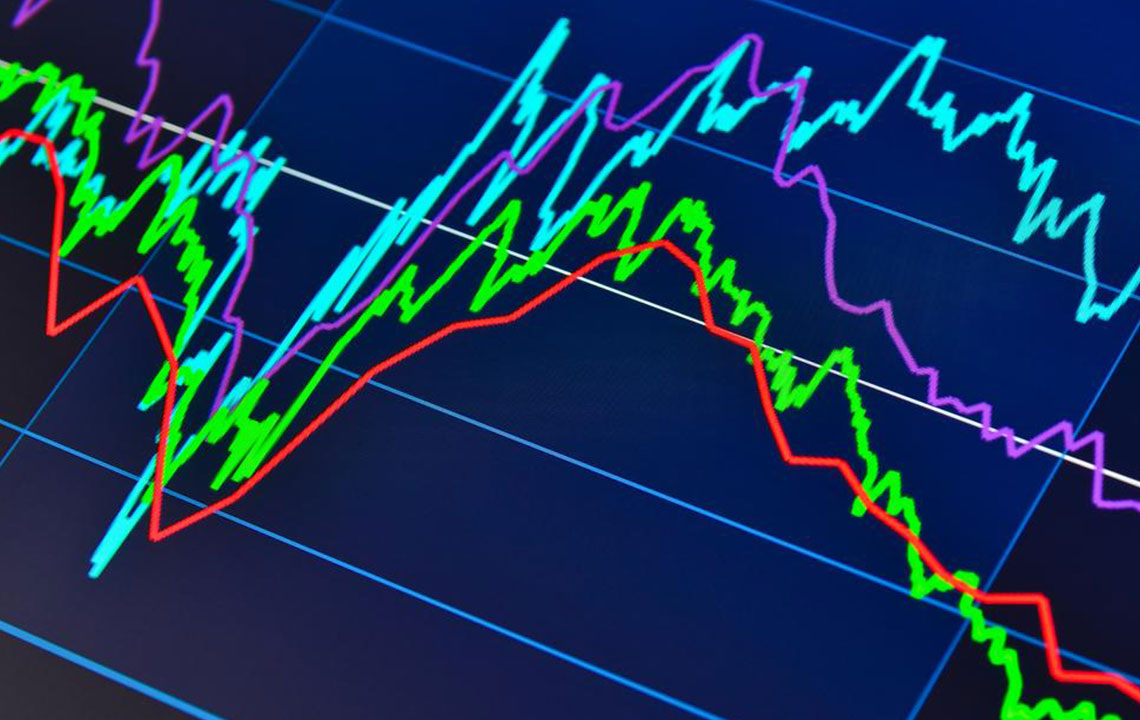Comprehensive Guide to Choosing the Best High-Yield Dividend ETFs for Steady Income
This comprehensive guide offers investors detailed strategies for selecting top high-yield dividend ETFs. It covers key factors such as dividend yield analysis, fundamental stability, market impact, and diversification. With expert insights, investors can identify reliable income-generating ETFs that suit their risk appetite and financial goals. The article emphasizes the importance of evaluating performance history, fundamental quality, and market conditions to build a resilient, income-focused investment portfolio. A valuable resource for income-seeking investors aiming for steady returns and long-term growth.

Comprehensive Guide to Choosing the Best High-Yield Dividend ETFs for Steady Income
For investors seeking consistent income streams and reliable returns, high-yield dividend exchange-traded funds (ETFs) offer an attractive investment opportunity. These ETFs primarily focus on investing in stocks and real estate investment trusts (REITs) known for their high dividend payments, making them a popular choice among income-focused investors. However, while high yields can be appealing, they also require careful analysis to avoid potential risks associated with underlying assets or market conditions. In this comprehensive guide, we explore the critical factors to consider when selecting top-performing high-yield dividend ETFs, helping investors build a resilient and income-generating portfolio.
Understanding High-Yield Dividend ETFs
High-yield dividend ETFs are investment funds that aim to provide investors with attractive dividend income by holding a basket of high-dividend stocks, REITs, or other income-generating assets. Unlike growth-focused funds that prioritize capital appreciation, these ETFs emphasize regular income distribution. Due to their structure, they often appeal to retirees, income investors, or those seeking passive income streams to supplement their cash flows.
It’s important to note that the 'high yield' designation may sometimes signal elevated risks. These risers typically invest in sectors like utilities, energy, or financials, which are known for high dividend payments but can be sensitive to interest rate changes and economic fluctuations. Therefore, understanding the underlying holdings and their fundamentals is essential before making investment decisions.
Factors to Consider When Selecting High-Yield Dividend ETFs
Choosing the right high-yield ETF involves analyzing various aspects that influence performance, stability, and risk. Here are critical considerations to guide your selection process:
1. Dividend Yield and Historical Performance
The core attraction of high-yield ETFs lies in their dividend payouts. Typically, these funds offer yields significantly above the average market rate, making them appealing for income generation. Historically, stocks with higher dividend yields tend to generate superior total returns over the long term compared to non-dividend-paying stocks. However, abnormally high yields can sometimes suggest underlying issues with the underlying assets or companies.
Investigating the ETF's performance over the last 12 months can provide insights into its reliability and consistency. Funds with a stable or steadily growing dividend payout history often indicate resilient underlying assets and better risk management. Remember, a persistently high yield combined with consistent growth suggests an efficient, well-managed fund that can meet your income needs without exposing you to undue risk.
2. Analyzing Cash Flow Stability and Fundamental Quality
While a strong dividend track record is desirable, investors should also evaluate the sustainability of these payments. Funds that invest in companies paying out a large share of their earnings as dividends, especially with declining profits or cash flows, pose a higher risk of dividend cuts or suspensions.
Assessing the fundamentals of the holdings, such as debt levels, profit margins, and revenue stability, can help determine the likelihood of sustained dividends. Additionally, paying attention to the sector diversification within the ETF can reduce exposure to sector-specific downturns.
It's also noteworthy that global and emerging markets are increasingly participating in high-dividend strategies. Investors are allocating capital toward international dividend ETFs to capture growth opportunities outside traditional markets, which also introduces geographic diversification benefits.
3. Market Impact, Valuations, and Liquidity
Currently, high dividend ETFs represent roughly 6% of the US stock market capitalization. Their growth has been steady, yet their limited trading volume relative to broader markets means their influence on overall price discovery remains modest. Nonetheless, monitoring their market impact is crucial for investors looking to enter or exit positions, especially in less liquid funds.
Engagement in market analysis tools like the Active/Passive Barometer can offer valuable insights into fund performance, efficiency, and market influence. Understanding whether a fund is actively managed or passively tracking an index helps investors gauge the potential for added value versus cost efficiency.
4. Investment Strategies and Diversification
With thousands of ETF options available, focusing on the largest, most diversified index ETFs can provide stability and broad exposure to high dividend sectors. Such funds often feature lower expense ratios, higher liquidity, and more predictable performance, making them suitable as core holdings within an income-focused portfolio.
Prioritizing well-established ETFs aligned with current market conditions can help optimize yield and risk management. For investors seeking income without sacrificing diversification and liquidity, these ETFs serve as effective vehicles.
Practical Tips for Building a High-Yield Dividend Portfolio
To maximize the benefits of high-yield dividend ETFs, consider the following practical strategies:
Alignment with Financial Goals: Clearly define your income targets and risk appetite. Select ETFs that match your desired yield and risk profile.
Regular Portfolio Review: Periodically evaluate the fund’s performance, dividend sustainability, and sector allocations, adjusting holdings as needed.
Tax Efficiency: Be aware of dividend tax implications based on your jurisdiction, and plan accordingly to maximize after-tax returns.
Diversification: Combine multiple ETFs across various sectors and geographies to reduce concentration risk and enhance income stability.
In conclusion, selecting the right high-yield dividend ETF requires careful research and strategic analysis. By considering factors such as dividend yield, performance history, fundamental stability, and market impact, investors can identify funds that offer both attractive income and manageable risk. Utilizing diversified, large-cap ETFs as core holdings can further enhance portfolio resilience and income reliability. As markets evolve, staying informed and disciplined in your investment approach ensures you can leverage high-yield ETFs effectively to meet your financial goals and sustain your income streams over the long term.





